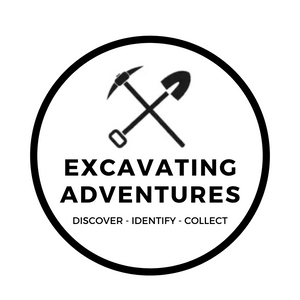Winter's Fury: The Thrilling Science of Blizzards
Get ready for a whirlwind adventure into the heart of the winter wilderness - blizzards!
Imagine being a brave explorer in a world where snowflakes dance wildly in the wind, and the air turns into a frosty wonderland. In this journey, we'll uncover the secrets of these mighty snowstorms, learn how they transform landscapes into snowy kingdoms, and discover how to outsmart their chilly challenges.
So zip up your coats, and let's dive into the swirling, twirling world of blizzards!
Learning Objectives:
- Understand what blizzards are: intense snowstorms with strong winds and low visibility.
- Learn how blizzards form from the meeting of warm and cold air, creating nature's snow globe.
- Recognize the dangers of blizzards, including travel difficulties, heavy snowfall, and cold temperatures.
- Identify where blizzards typically occur, mainly in colder, northern regions.
- Discover essential safety tips for when a blizzard hits, like staying indoors and being prepared.
What Is a Blizzard?
Imagine a snowstorm, but much, much stronger. That's what a blizzard is! It's a severe snowstorm with very strong winds, usually more than 35 miles per hour. These winds blow the falling snow around so much that it's hard to see very far – this is called low visibility. Blizzards can make it look like a giant white blanket is covering everything!
How Do Blizzards Form?
Blizzards start just like any other storm, with moisture and cold air. First, the warm air from the ground rises and meets the colder air above. This meeting causes the water vapor in the air to turn into snowflakes. When there's enough wind, these snowflakes get blown around, causing a blizzard. It’s like nature’s own snow globe, but on a much bigger scale!
What Makes Blizzards Dangerous?
Blizzards can be dangerous because of their strong winds and heavy snow. These can make it really hard for people to travel or even see where they're going. The heavy snow can pile up quickly, blocking roads and even trapping people in their homes. Also, the cold temperatures can be risky, especially if the power goes out or if someone is outside for too long.
Where Do Blizzards Happen?
Blizzards mostly happen in places where it's cold and there’s a lot of moisture in the air, like in the northern parts of the United States, Canada, and other places near the North and South Poles. They're more common during the winter months, but they can sometimes happen in early spring or late fall too.
What Should You Do During a Blizzard?
If you're ever in a blizzard, the best thing to do is stay indoors. Make sure your home is warm and you have enough food and water. It's important to have things like flashlights and extra batteries in case the power goes out. If you must go outside, dress in warm layers and don't stay out for too long. Being prepared and staying safe is the key!
Blizzards are fascinating but can be quite powerful and dangerous. Understanding what they are and how to stay safe can make all the difference. Next time you hear about a blizzard in the forecast, you’ll know exactly what’s happening and what to do!
Blizzards Fun Facts:











